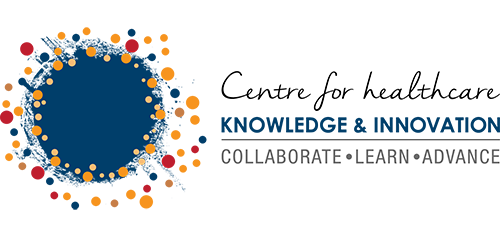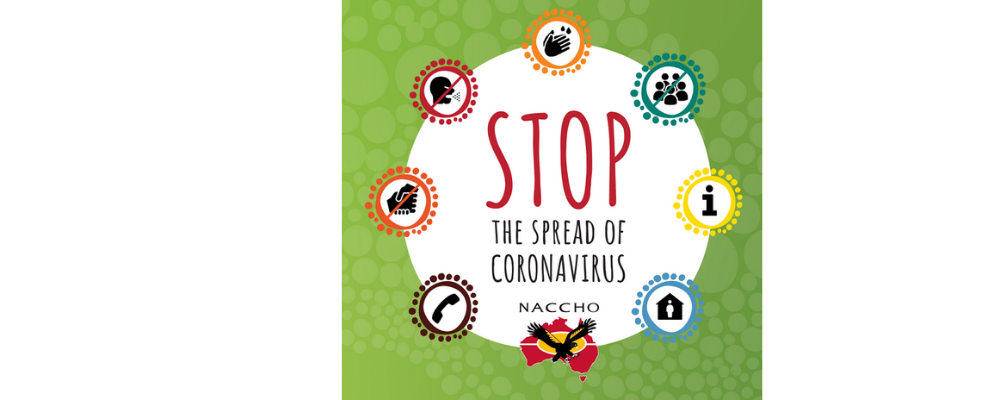Apr
28
The Aboriginal Health Sector’s Response to Covid-19
According to Darumbal woman and journalist, Amy McGuire, there is a common narrative about Indigenous health, based on dysfunction and vulnerability, in which Aboriginal people themselves are blamed through the mantra of individual choices. There is little room to focus on strength and agency when you are simply a “problem” to be solved, a “gap” to be filled.
The Aboriginal health sector’s response to Covid-19 has flipped that on its head.
As early as January, the Apunipima Cape York Health Council, which delivers primary health to 11 Cape York communities, began assembling the weaponry to safeguard their people against an as yet undeclared pandemic. By the time Australia got its first case, it had started doing public health messages.
In early February, Professor James Ward, a leading Indigenous public health expert based at the University of Queensland’s Poche Centre for Indigenous Health was among those to call for a national Aboriginal advisory taskforce to respond to Covid-19.
By the first week of March, the taskforce – comprising the National Aboriginal Community Controlled Health Organisation (NACCHO), public health clinicians and Aboriginal health services, among others – had begun advocating, meeting at least twice a week.
Why the quick response?
Aboriginal communities have recent experience with the threat of viruses – from the H1N1 swine flu pandemic in 2009, during which Aboriginal people made up 11 per cent of cases in Australia, to the threat of Zika in the tropical north.
With this in mind, Aboriginal community-controlled health services sprang into action, swapping public messaging and material, and working together to inform their own mob in a time when confusion was spreading nearly as fast as the virus.
The Northern Land Council (NLC) translated messages into 18 different languages for the Top End and posted them as videos across social media.
Apunipima received advice from as far away as Canada, with First Nations contacts sending templates of their communities’ pandemic plans.
Communities, meanwhile, quietly began closing borders: first the Anangu Pitjantjatjara Yankunytjatjara Lands in remote South Australia, and then in Cape York and parts of Western Australia. Many of them did so without any word from the government. They said no to outsiders, exercising sovereignty that had never been ceded.
The NLC suspended all existing non-essential permits to Aboriginal lands.
Addressing impacts of COVID 19 on First Nations art and culture, the Australian Council of the Arts held a round table outlining the immediate and longer term needs. You can download the paper here.
Continued risk
Despite the strength of the community response, the threat is still ever-present for Aboriginal communities. Restrictions remain in place in remote communities, and there are emerging concerns about food security, particularly in remote Northern Territory, with reports of families taking backroads to regional centres to get supplies.
Communities across the nation have developed their own local action plans to prepare for a potential outbreak but the complicated problem of fly-in, fly-out health workers and the 14-day quarantine period remains.
For Pat Turner, NACCHO’s chief executive, the idea of lifting the restrictions in the cities still poses a severe threat to Aboriginal communities: “They can’t expect to lift restrictions in the cities and then allow people to come back into the country without measures to prevent it from spreading to [Aboriginal] communities.”
Hear more from Amy McQuire regarding the COVID 19 response from Indigenous communities on the 7am podcast.
Previous Story
How Team Rubicon Australia Is Changing the Veteran Narrative
Next Story
Is COVID-19 AI’s Time to Shine?


 We acknowledge the traditional custodians of the land we live and work, the Bundjalung, Arakwal, Yaegl, Gumbaynggirr, Githabul, Dunghutti and Birpai Nationsand their continuing connection to land, sea and community. We pay our respects to elders past, present and future.
We acknowledge the traditional custodians of the land we live and work, the Bundjalung, Arakwal, Yaegl, Gumbaynggirr, Githabul, Dunghutti and Birpai Nationsand their continuing connection to land, sea and community. We pay our respects to elders past, present and future.